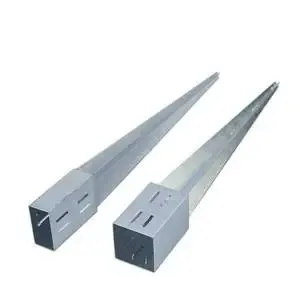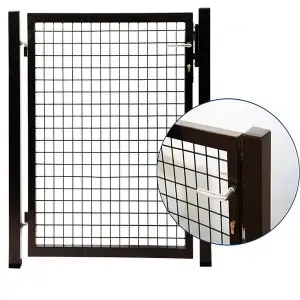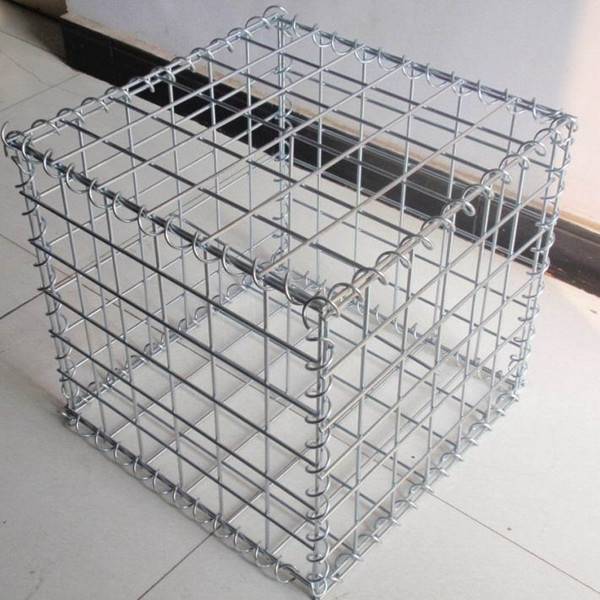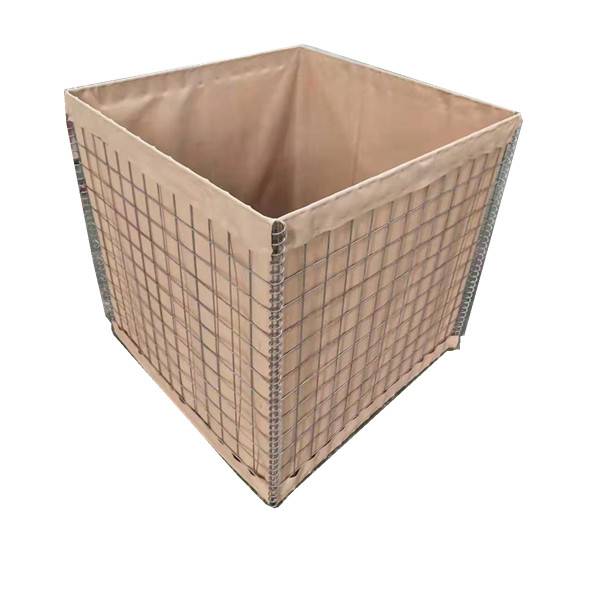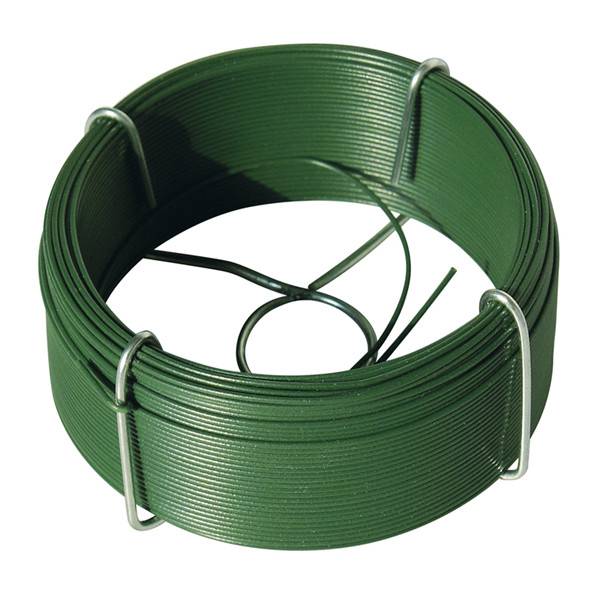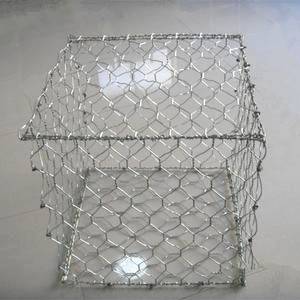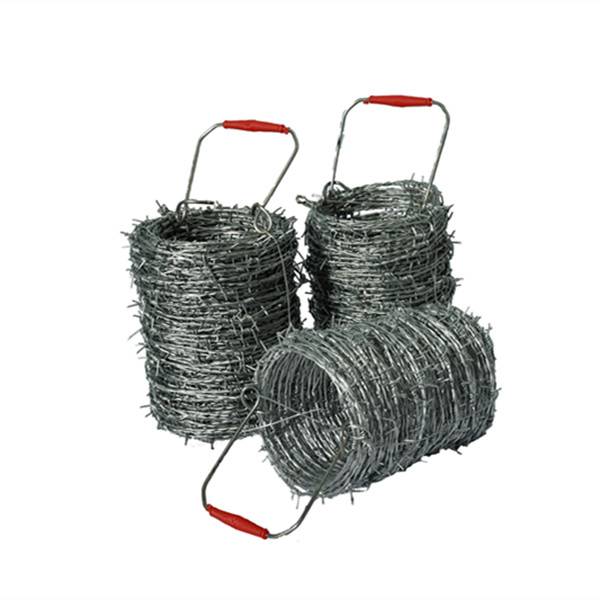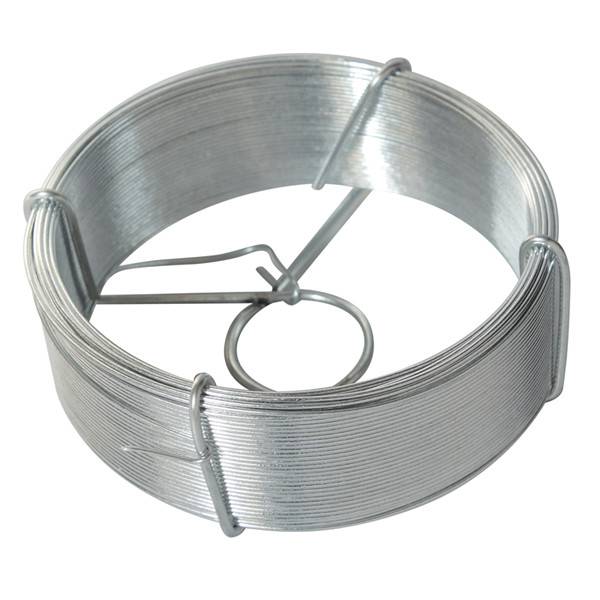
Dec . 17, 2024 12:00 Back to list
installing barbed wire fence
Installing Barbed Wire Fence A Step-by-Step Guide
Barbed wire fencing is a popular choice for many property owners due to its cost-effectiveness and effectiveness in deterring intruders, whether they be human or animal. Installing a barbed wire fence can seem daunting, but with proper planning and execution, it can be a manageable DIY project. This article will guide you through the steps involved in installing a barbed wire fence, ensuring that you create a sturdy and effective barrier.
Step 1 Planning Your Fence
Before you begin the installation process, it’s essential to plan your fence properly. First, determine the purpose of your barbed wire fence. Are you looking to keep livestock in, protect your property from trespassers, or mark boundaries? Understanding the purpose will help you decide how high the fence needs to be and how many strands of barbed wire are necessary.
Next, measure the perimeter where you plan to install the fence. Make sure to check local regulations regarding fence height and placement to ensure compliance. Once you have these details, sketch out your design, marking the locations of the fence posts.
Step 2 Gathering Materials
To successfully install your barbed wire fence, you will need the following materials
- Barbed wire (number of strands will depend on your needs) - Fence posts (wood or metal) - Post caps (optional) - Concrete (for setting your posts) - Staples or fencing clips - Wire tensioners (for tightening the wire) - Tools post hole digger, hammer, wire cutters, pliers, level, and measuring tape
It’s crucial to source high-quality materials to ensure the durability of your fence. Visit your local hardware store or agricultural supply retailer to purchase everything you need.
Step 3 Installing Fence Posts
Once you have your materials ready, it’s time to start installing the fence posts. Begin by marking the locations for your posts according to your plan. A general guideline is to place posts about 8 to 10 feet apart. Use a post hole digger to create holes that are at least 2 to 3 feet deep, depending on the height of the fence and the type of soil.
installing barbed wire fence

Insert the fence posts into the holes and make sure they are level. For added stability, pour concrete into the holes around each post and allow it to cure according to the manufacturer's instructions. This step is crucial for ensuring your fence remains upright and secure.
Step 4 Attaching Barbed Wire
Once your posts are secure, it’s time to attach the barbed wire. Start by determining how many strands you will use and how high they will be placed. It’s common to install 3 to 5 strands of barbed wire, with the lowest strand being about 12 inches off the ground.
Begin at one end of the fence line and unroll the barbed wire along the fence posts. Use wire tensioners to maintain proper tension before securing each strand to the posts. Staple or clip the wire to the posts at regular intervals to keep it in place. Be careful while handling the barbed wire to avoid injury from the sharp barbs.
Step 5 Tensioning the Wire
Tensioning the barbed wire is an essential step to ensure your fence remains taut and effective. Once all strands are installed, check for sagging or loose areas. Use the wire tensioners to tighten the wire where necessary. This step will help maintain the integrity of the fence and prevent any potential breaches.
Step 6 Final Touches and Maintenance
After tensioning, take a step back to inspect your work. Look for any areas that may need additional support or adjustments. Optionally, you can add post caps to enhance the durability of your posts and prevent water from entering the post tops.
Finally, regular maintenance is key to ensuring the longevity of your barbed wire fence. Periodically check the tension of the wire and inspect for any wear or damage. Addressing these issues promptly will prolong the life of your fence and maintain its effectiveness.
Conclusion
Installing a barbed wire fence can be a rewarding project that enhances the security and privacy of your property. By following these steps and taking the necessary precautions, you can create a reliable barrier that meets your needs. With proper planning, gathering of materials, and diligent maintenance, your barbed wire fence can stand the test of time, providing peace of mind for years to come.
-
Why a Chain Link Fence is the Right Choice
NewsJul.09,2025
-
Upgrade Your Fencing with High-Quality Coated Chicken Wire
NewsJul.09,2025
-
The Power of Fence Post Spikes
NewsJul.09,2025
-
The Best Pet Enclosures for Every Need
NewsJul.09,2025
-
Secure Your Property with Premium Barbed Wire Solutions
NewsJul.09,2025
-
Enhance Your Construction Projects with Quality Gabion Boxes
NewsJul.09,2025
Products categories




